The Intuitive Weaver: An Interview with Rhiannon Griego
Rhiannon Griego’s striking textile art is a fusion of old and new, merging the geometric patterns of modernity with the ancient practices of weaving. While on the one hand she draws on her family’s long history of weaving in New Mexico, she also takes a fresh new approach, responding intuitively to the rhythms, patterns and colours of the American landscape to produce unique, one-off works of art. We caught up with Rhiannon to learn more about the role of intuition and improvisation in her endlessly prolific creative process.
Weaving is the backbone of your creative practice, and one you have linked to your ancestry. Could you talk us through how you came to become a weaver, and the significance the practice has come to play in your life?
I became a weaver through following a deep sense of curiosity which proved to be more of an intuitive one in time. It was through an anthropological study of textiles from Indigenous Cultures that my fascination led me to vocalize a desire to learn how to weave. A few days later, I met my weaving teacher.
I studied with her for a year before I acquired my own loom, and once I had a loom in my possession, a communication began. The day-in, day-out practice of learning the loom and the sense of expansiveness I experienced enthralled me, so I became confident in the play of my process. Within a few years of weaving, I took a trip to New Mexico and after a few synchronicities, came to look back on my family tree that identified fibre in my lineage going back centuries. Weaving is a metaphor for the purpose I walk with in this lifetime, both in the studio and out in the world. I had never been able to extract a realm of peace-making out of the chaos of many tangled threads in my life until I began to weave.
You’ve talked before about the ways in which weaving connects you with the natural world. Could you explain more about this connectivity?
Weaving informs me that all threads of life are woven into the tapestry of who we are, we are not separate from the world into which we were born into, on the Earth we are sustained by. We interact with nature more often than we acknowledge through our usage of textiles, derived from plant fibres, to sunlight which gives life to the plant fibres, to the healing properties of plants in the medicines we use which are also used as pigments in fibre. I find every tree or plant I’m admiring in my garden or on a hike reflects an element of a world beneath the surface, something that has been processed to enhance human comfort.
How does your environment in New Mexico impact the nature of your work?
New Mexico so far, has been the greatest source of environmental stimulation for me. The colours of the landscapes are unreal and so vibrant, often changing with the natural light that befalls this place. It’s sharpened my sense of colour theory and has me hungry in my source to find the right shades that reflect the places that hold significant memories here for me. It also serves as a meeting ground for a confluence of weaving traditions, from Spanish, Mexican, Pueblo to contemporary. Very much the way a textile is a built up in its layers of warp & weft, so is the history of this place.
What is your process for creating work? Do you have a plan in mind before beginning?
I am predominately an intuitive creative, and one that focuses more on feeling rather than concept. I’ve permitted myself to play on the loom by evoking a mood from either a landscape or music, allowing the loom to dictate the direction I feel within that space. Working within the wearable art vein, I also like to play with movement and imagine how I could wrap up a landscape and cloak someone in it so the memory never leaves them. Time to time I draw, but I prefer to allow the freedom of mistakes to bring in an element of surrender to the now.
What are the materials you typically weave with, and where do you source them from? Are they all naturally derived?
At present, I am focused on working with materials that come from the lands where my ancestors lived: The Sonoran Desert, The Chiquaquan Desert and New Mexico. There is a voice within the fibres that instructs me on how to work with them. Most of my 11 years of weaving, I’ve only worked with sustainable fibres, and emphasized bast fibres as that reminds me that nature is never far out of our reach. I weave with metallic fibres as accent but prefer working with as natural a material as possible with little toxicity. The planet is loaded with enough toxicity that has been manufactured to create pollutants.
Lastly, who are your greatest influences? Are there other weavers and makers that you feel a connection to?
Terrol Dew Johnson, Olga De Amaral, Joseph Grau Garriga, Marina Abakowicz are my tops. There are countless Indigenous Baskets from the turn of the 20th century that don’t hold maker names and those strongly influence me. Helen Frankenthaler & Mark Rothko are my two favourite painters that have inspired me to use colour in a way that reflects a mirage of a landscape here in the desert.





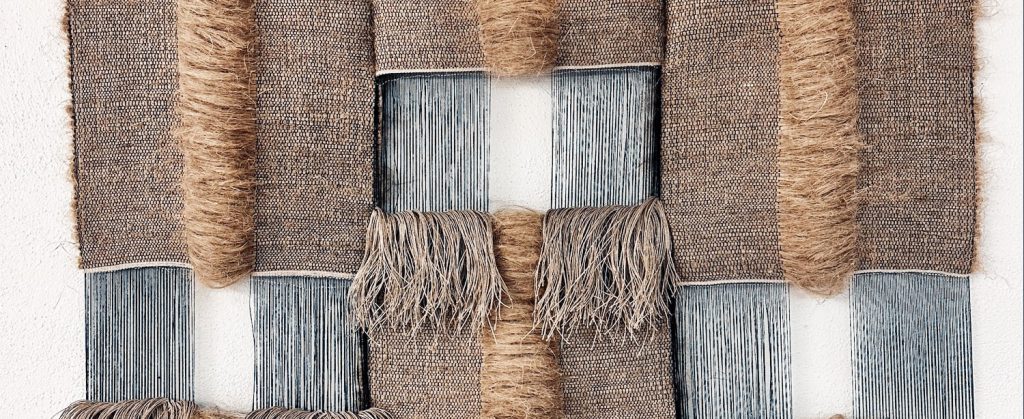
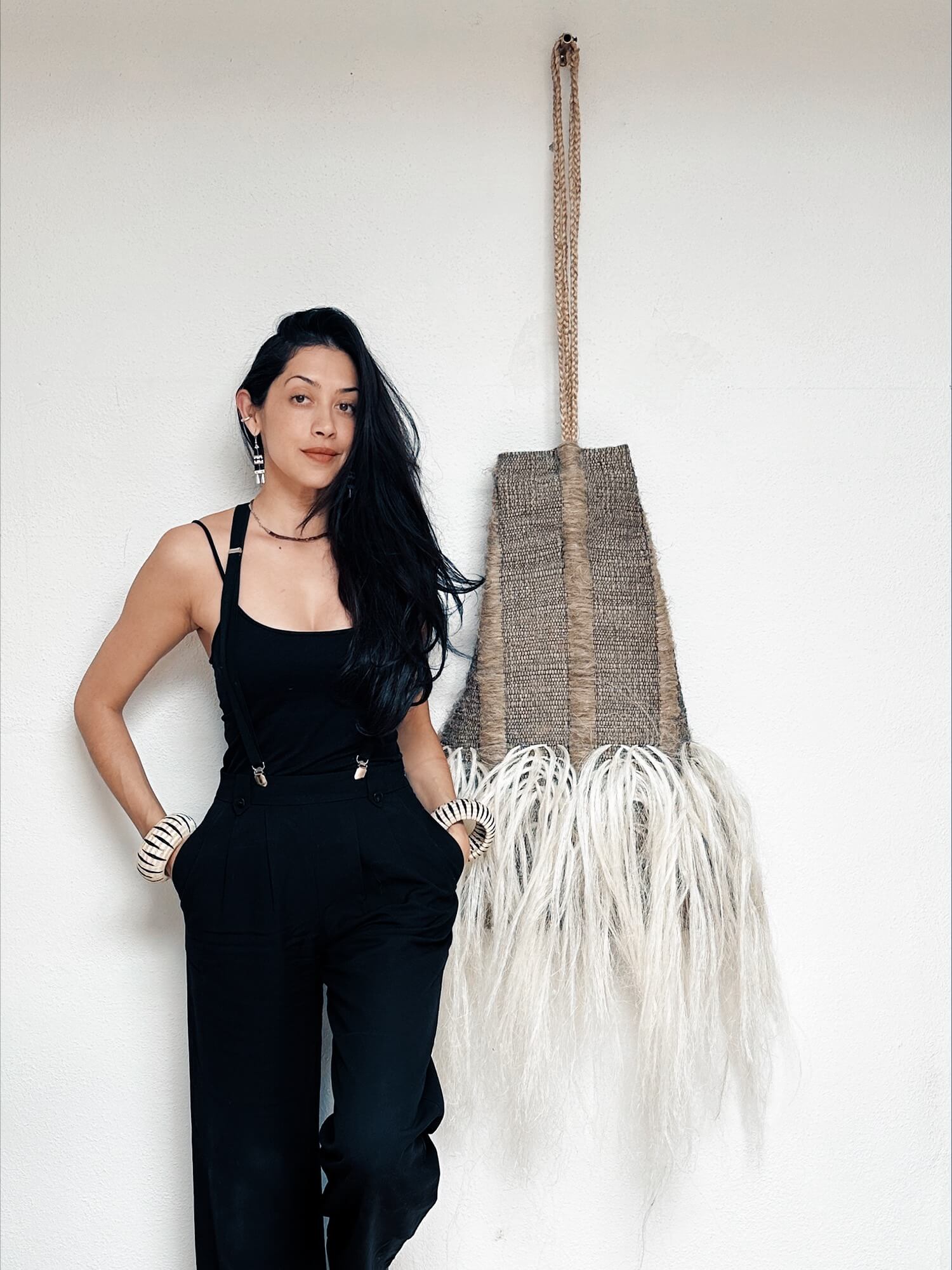
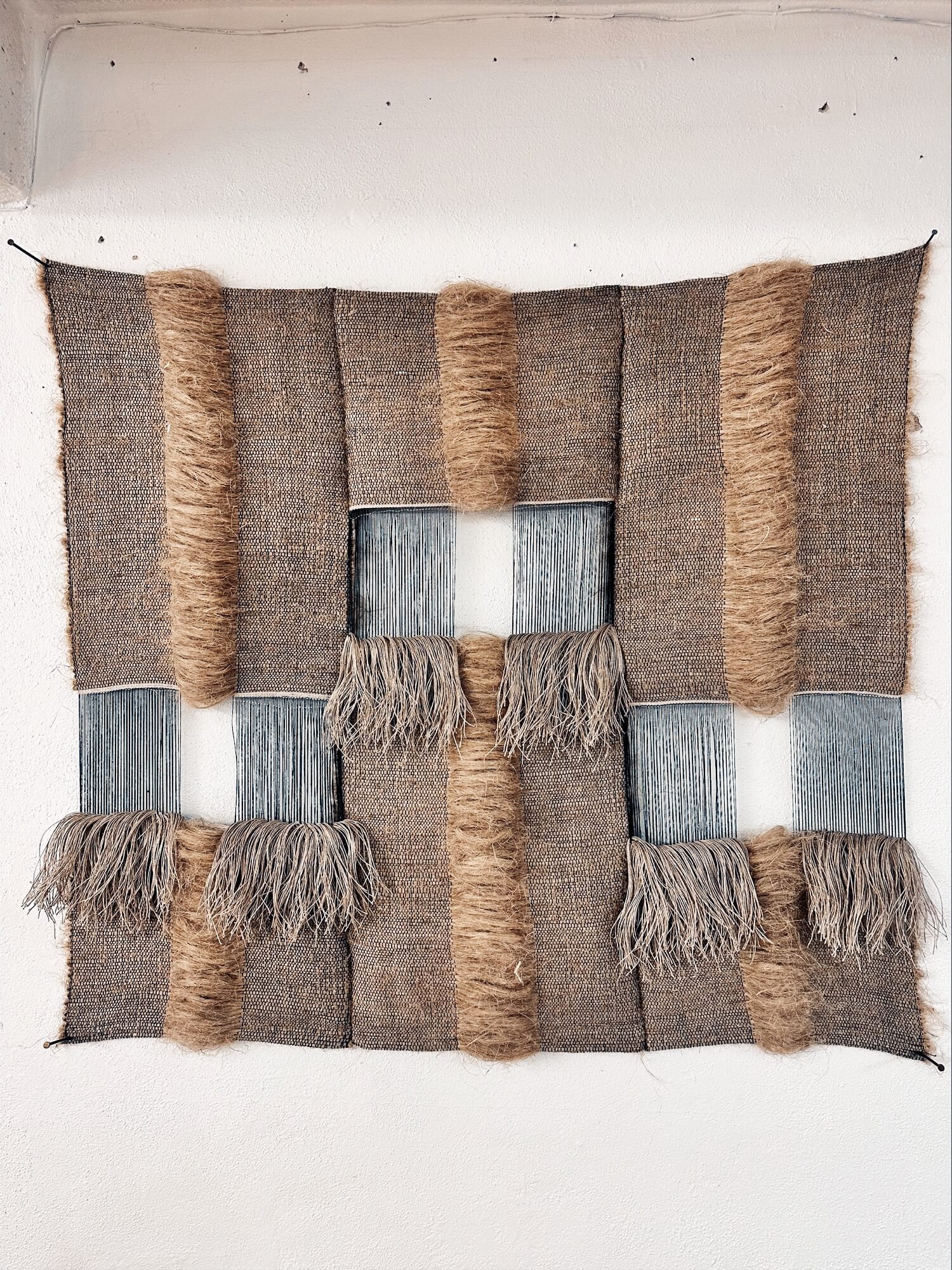
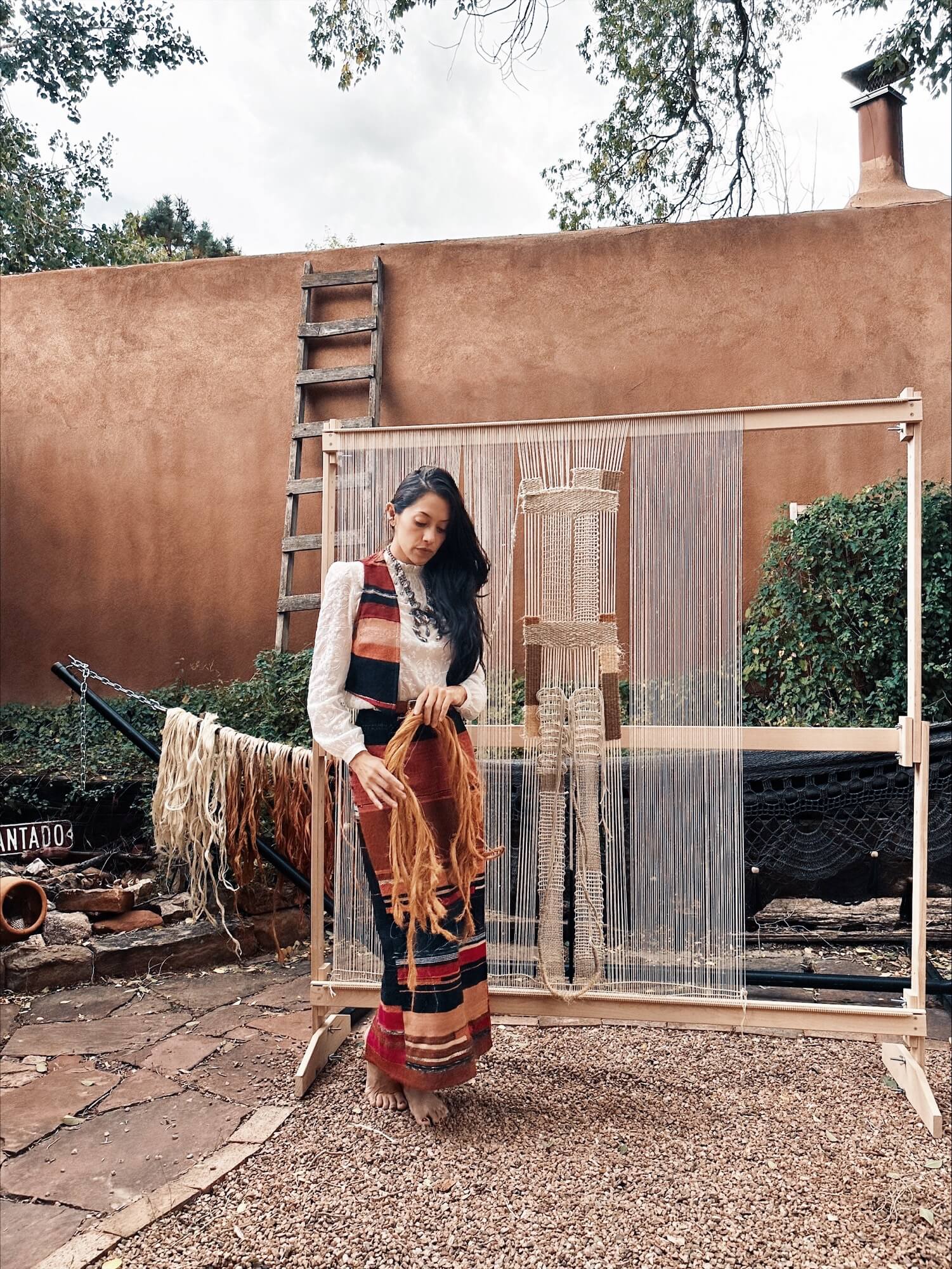
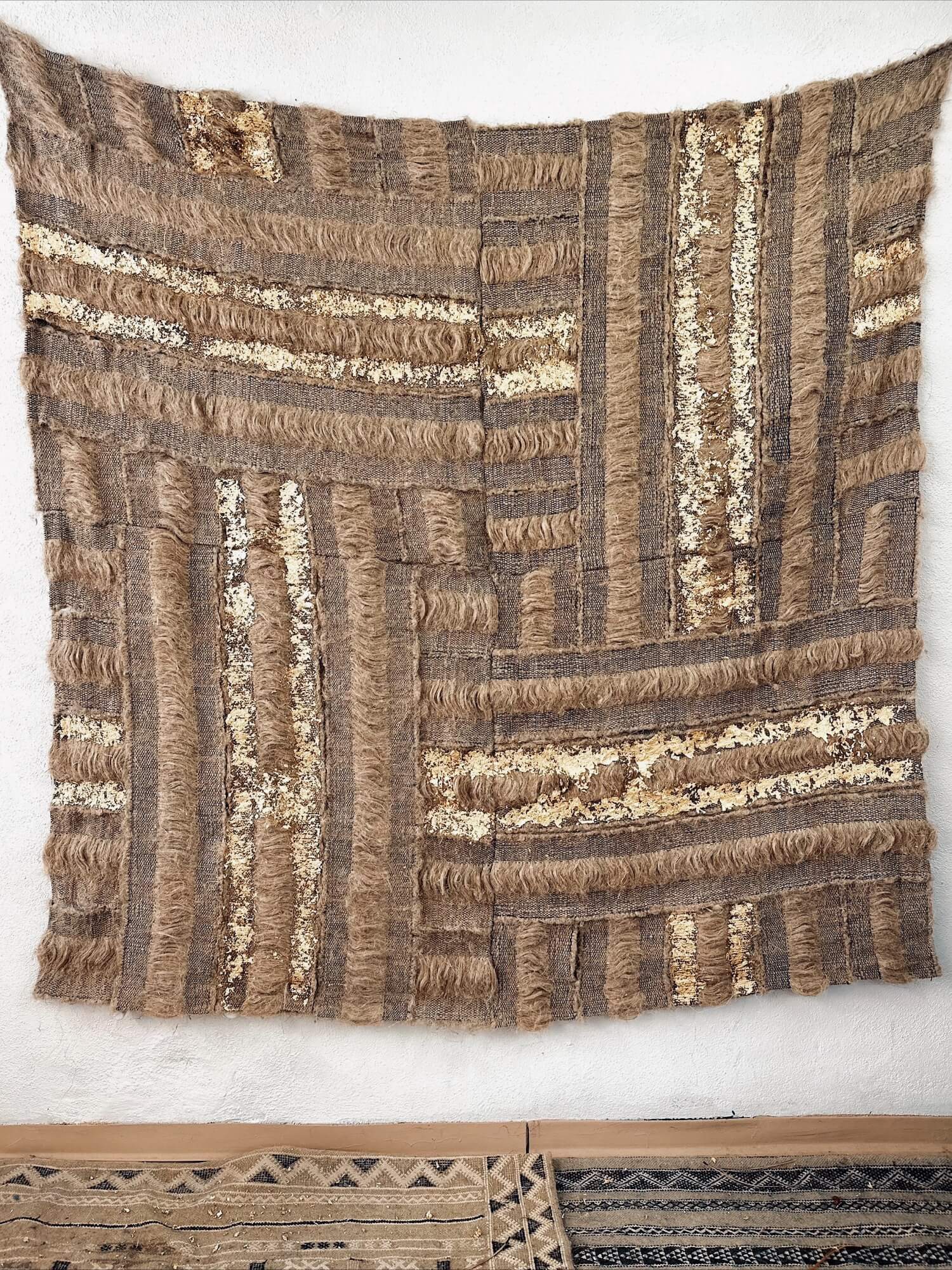
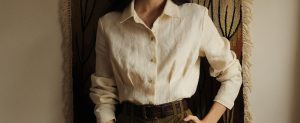
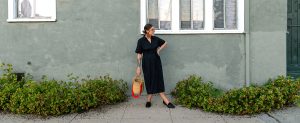
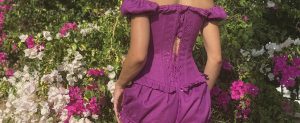
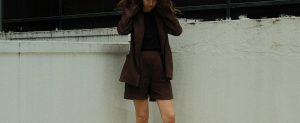
















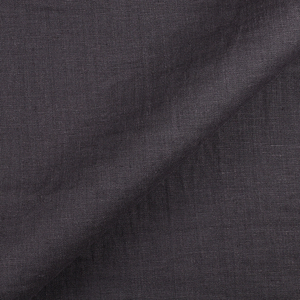
















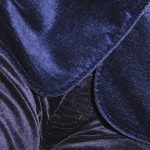
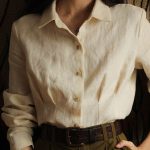

One Comment
Pamela Armstrong
Thank you for this post! I am inspired by Rhiannon’s aesthetic, inspirations and process. The play of two-dimensional and three dimensional is something I think about often…Cloth is primarily two dimensional, however it’s purpose is nearly always three dimensional…